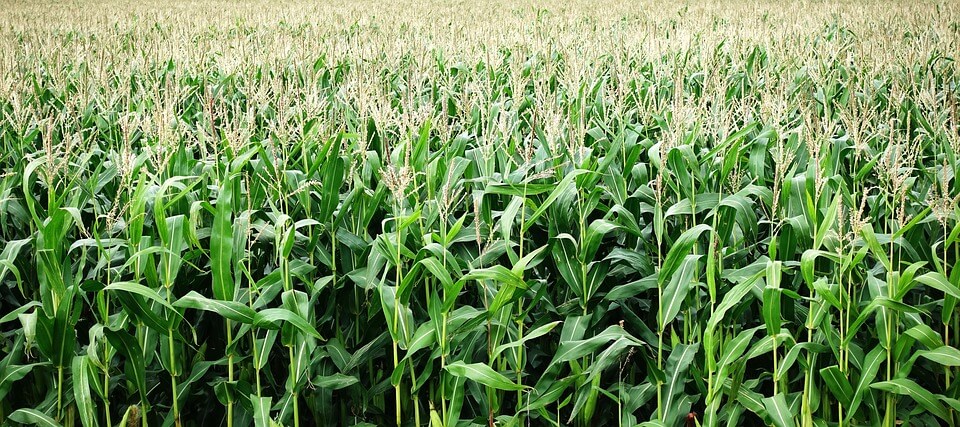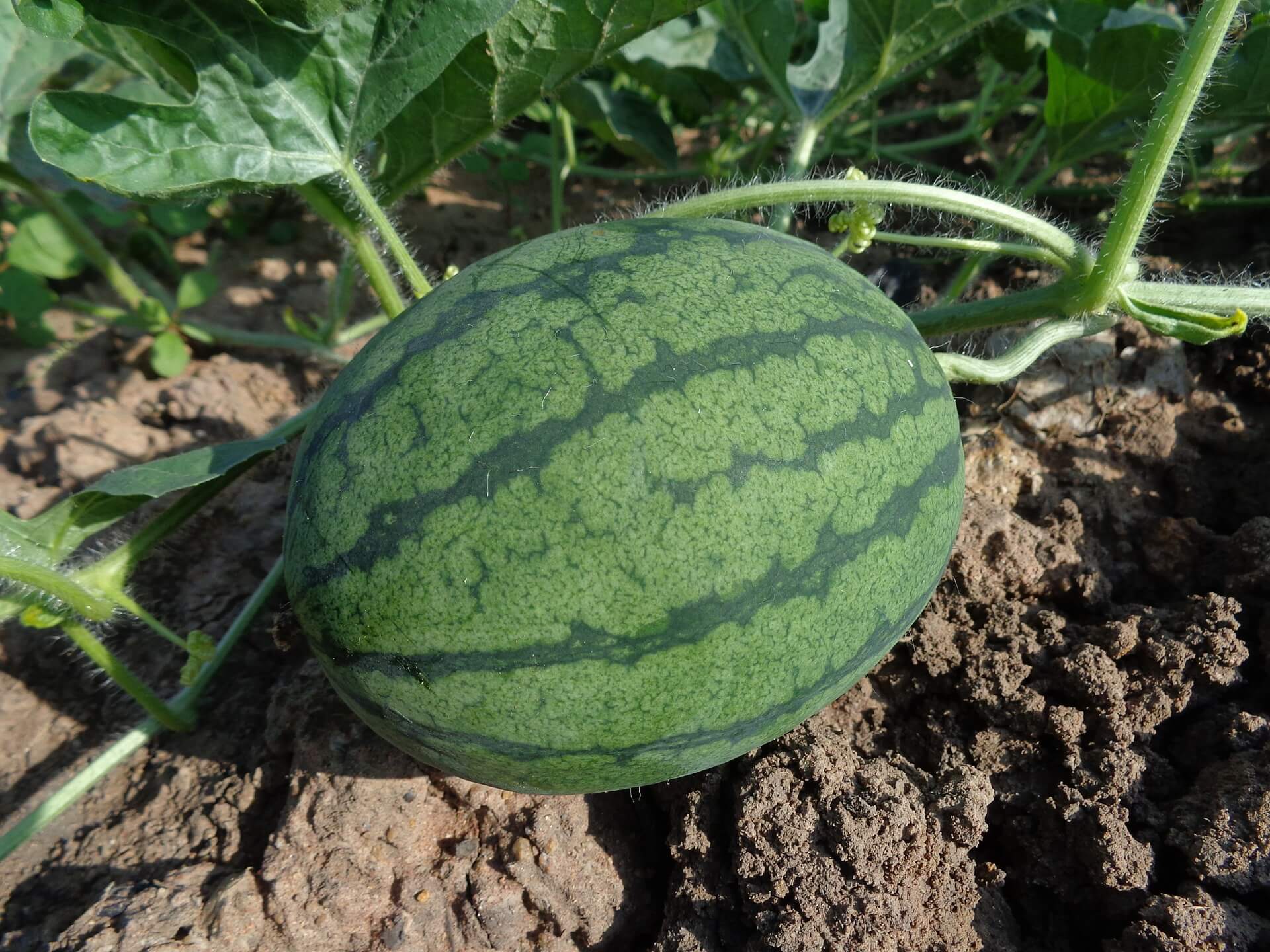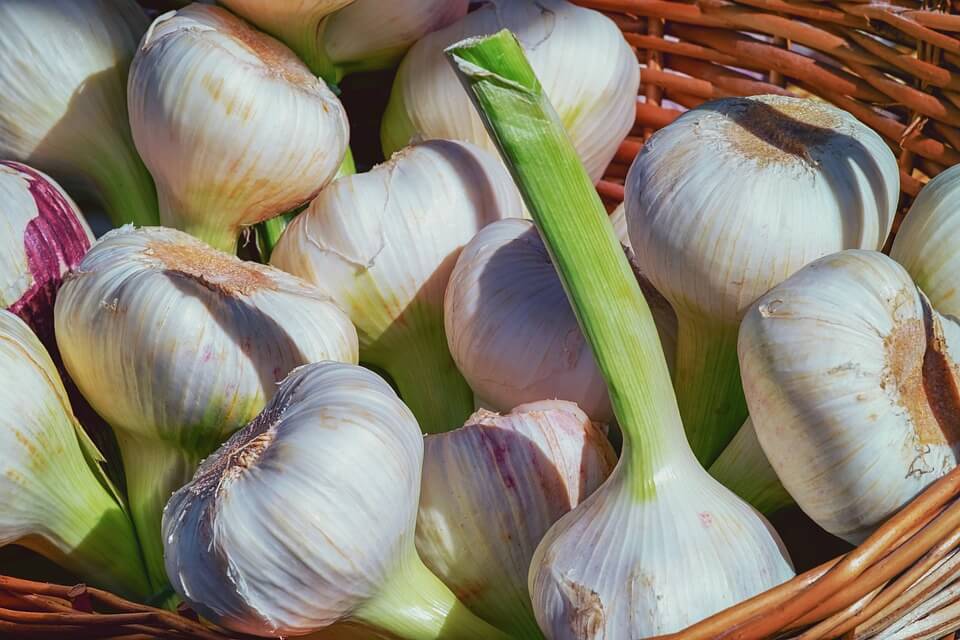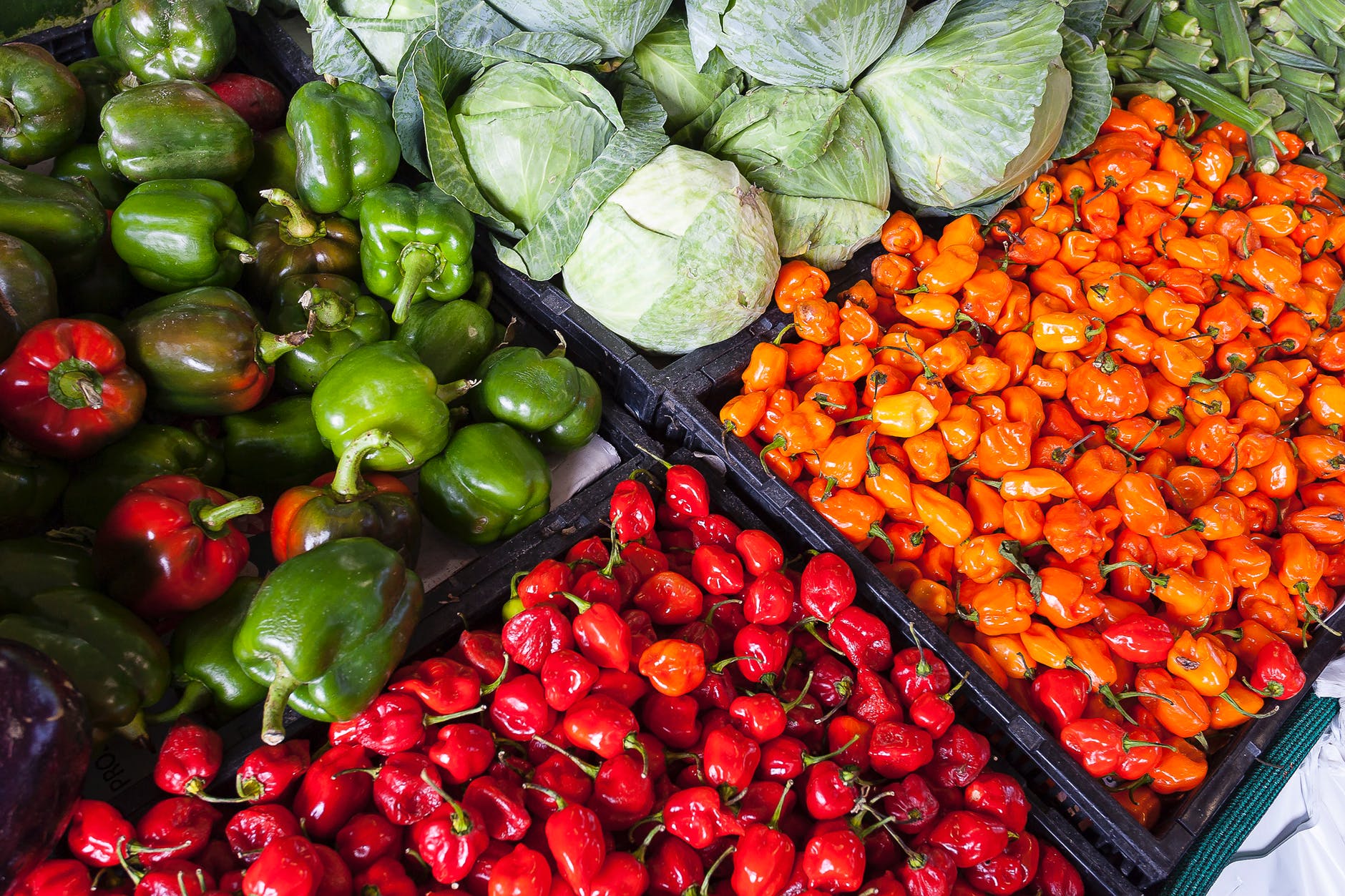Crop farming in Kenya is the biggest source of livelihood for a majority of Kenyans either directly or indirectly. And Kenya has more than 7 million small scale farmers who depend on cash crop farming for their livelihood.
In 2015, The World Bank, through its reliable sources estimated that farming land in Kenya was 48.55% of the total land area.
15-17% of Kenya’s total land area meets the threshold for sufficient rainfall and soil fertility to support optimum farming.
Crop farming being key is among the first administration functions to be devolved in Kenya. Thus cementing the importance of this sector in the national development agenda.
Crop Farming in Kenya: Basic and Practical Methods
Food Crops Grown in Kenya
In Kenya cash crop farming falls under the following categories:
- Feed Crops
- Food crops
- Fiber Crops
- Oil Crops
- Industrial Crops
- Ornamental Crops
Let us take a look at each category of food crops listed above.
Feed Crop Farming in Kenya
Feed crops are planted specifically to feed livestock. They include the alfalfa, oats, and nappier grass among many others.
Food Crop farming
Majorly planted for human consumption either at subsistence or entrepreneurial level of consumption (cash crops). Examples include wheat, maize, vegetables, coffee, potatoes, mangoes, and the list is endless.
Fiber Crops
These types of crops facilitate the making of cotton, paper, ropes, and even clothing. Fiber crops must at least pass through the process of production.
Farming for Oil
These are types of crops meant for consumption but pass through industrial processing. A good example is a cornflower and sunflower that is used to make cooking oil.
Industrial Crop Farming
Also known as secondary crops they are farmed for pure Industrial processing and as such, they are rarely used before being processed. In this category, we have rubber, gum, and tobacco.
Ornamental Crop Farming in Kenya
These are types of crops farmed for the purpose of beauty, decoration and maybe landscaping. The most popular type of this crop is horticulture.
Must read: Dairy Farming in Kenya
Agriculture in Kenya Statistics
Kenya has diverse weather thus leading to the practice of different crop farming in different parts of the country. Here, we will look at the different types of crop farming in Kenya and where they thrive best.
Food Crops in Kenya
Here is a list of the most planted food crops in Kenya:
- Maize
- Wheat
- Rice
- Irish Potatoes
- Sweet potatoes
- Kales (Sukuma wiki) and other vegetables
- Tomatoes
- Onions
Maize Farming in Kenya
Maize flour is mixed with boiling water and used to make Ugali (maize meal) which happens to be Kenya’s staple food.
The survival of maize farming in Kenya is attributed to the ability of maize plantations to thrive in varied climatic conditions experienced in Kenya.
Kenya Seed Company recommends the following conditions for maize farming:
- Temperatures are between 15-30 C. Cooler or warmer temperatures do interfere with the optimum growth rate of maize.
- Sandy loam soil mixed with organic matter such as manure, leaves or grass with a PH level of between 5 – 7.
- Rainfall between 400mm – 2400mm depending on the region and period of planting.
- The altitude should be between 100-2300m above sea level, depending on the region and period during planting.
Types of Maize seeds planted in Kenya
Depending on where you intend to plant maize in Kenya it is advised to seek information on the maize seed varieties that thrive in your particular area of concern.
Research organizations in Kenya like the Kenya Agricultural Research organization (K.A.R.I) have developed maize seeds to suit the different climatic conditions in Kenya.
Types of Maize Seed available in Kenya
Commonly available maize seeds in Kenya include the Highland Growing Variety maize seeds like: (Note, ‘H’ stands for Hybrid).
H 6218
- Gives 56 bags at 90 Kg each of yield per acre.
- Matures between 5 to 7 months.
- Exhibits good husk covering.
- Disease tolerant
- Leaf spot tolerant
H 6213
- Gives 52 bags at 90 Kg each of yield per acre.
- Matures between 4 to 7 months
- Leaf spot resistant
- Disease resistant
H 6210
- Gives 50 bags at 90 Kg each of yield per acre.
- Leaf spot resistant
- Has good husk covering
- Disease tolerant
- Matures between 5 to 7 months
H 629
- Gives 48 bags at 90 Kg each of yield per acre.
- Matures between 5 to 7 months
- Good husk covering
- Disease tolerant
H 628
- Gives 46 bags at 90 Kg each of yield per acre.
- Matures between 5 to 7 months
- Produces more than one cob on a single maize stalk
- Tolerant of most diseases
- Tolerant to lodging
H 626
- Gives 42 bags at 90 Kg each of yield per acre.
- Matures between 5 to 7 months
- Tolerant to most leaf disease
- Tolerant to changes in the environment
H 625
- Gives 40 bags at 90 Kg each of yield per acre.
- Matures between 5 to 7 months
- Has good husk covering
- Tolerant of disease and changes in the environment
H 614
- Gives 38 bags at 90 Kg each of yield per acre.
- Matures between 5 to 7 Months
- Resistant to attacks from pests
- Resistant to leaf diseases
Maize is mainly planted in Trans-Zoia County and the entire Rift-Valley regions which are usually known as Kenya’s breadbasket.
Take away: Apart from the yields, the taste and texture of maize determine the type of maize seeds to choose from.
Wheat Farming in Kenya
Wheat is second to Maize consumption in Kenya. One of the favorite end products of wheat that are consumed in Kenya includes Chapati, Mandazi, Samosa, cakes, and bread.
Wheat is mostly a preserve for farmers with large tracks of land in Kenya.
Here is a little Guide to Wheat Farming in Kenya
- Prepare the farm for wheat planting early by digging long narrow furrows.
- Fertilize the soil with manure
- Plant the wheat seeds using a semi-circular movement of your arm-wrist or if using a tractor to plant then attach a grain drill to be pouring seeds on the furrows.
- If it’s the rainy season then you only pour water to the wheat after the actual planting
- If it’s the dry season then you have to irrigate your planted wheat seeds during every golden hour (early morning or late in the afternoon)
Note: Wheat seeds take 4-5 days to germinate.
- Make sure you monitor the wheat fields daily. This is a delicate venture that needs attention.
- Once the wheat stems turn yellow you take a tool called the hand sickle cell or the scythe then carefully chop off the part called the wheat kernel which is like the grain.
Conditions for Wheat Farming in Kenya
- Needs between 10-14 inches of water
- Does well in warm temperatures of an average 22 C
- When the wheat kernel (wheat grain) is filling then sunshine is needed.
Wheat is mainly grown in Nakuru, Uasin Gishu, Meru Central, Nyandarua, Kitale, Narok and Trans-mara.
Rice Farming in Kenya
Rice consumption is argued to be the third most liked food crop in Kenya. As such, there is a stable market demand for rice that is bound to increase in the coming years as the population of Kenya increases.
How Is Rice Grown?
Rice seeds must be handled with care by following the recommended procedure to ensure that a farmer harvests expected yields the right time.
How to Plant Rice in Kenya
Land Preparation
The selected land for rice planting must be tilled early enough by mixing the soil after plowing and harrowing.
This step ensures that the right soil depth of around 9 to 12 centimeters that will accommodate the rice is achieved. Land should be prepared at least 2 weeks to plant.
Land Equalisation
The next step is to ensure the prepared land is of the same levels so that excessive water and soil is managed.
The main methods of rice planting in Kenya are:
Transplanting:
Rice seeds that have germinated to a recommended stage are transferred from the seedbed to the fields by either hands or machines.
This method requires fewer seeds and very effective to control weeds since you only transplant rice seedlings. However, this method is time consuming hence demanding more labor.
Direct seeding:
This method depends on the current status of the land. If the land is in an area of deep fed water or continuous rainfall, then you just broadcast the rice seeds and follow that up by plowing to cover the same rice seeds.
But if the land is in a dry area where irrigation takes place then pre-germinated seeds are applied by being broadcast.
All the methods of rice farming can either be facilitated by a machine or handwork. It all depends on the farmer.
Types of rice varieties found in Kenya
The most used rice varieties in Kenya are:
- ‘Sindano’: Also known as Biryani rice is non-aromatic
- Basmati 217: When cooked this type of rice is usually long, dry and separate. Its aroma presents a spicy flavor and fragrance.
Recommended Environment for Rice Farming
- Ideal temperate for most rice planting varieties should be between 25 C to 35 C.
- The rainfall should be more than 100MM.
Rice is famously found in Mwea Kenya.
Potato Farming in Kenya
With the booming of the first food business in Kenya which involves serving ‘chips’, the local name for French Fries the demand for Irish potatoes is ballooning.
Types of Potatoes Planted in Kenya
- Roster: Usually reddish in outer color with yellowish inner flesh. Uses: Baking, boiling, frying
- British Queens: Oval shaped, the outer cover is pale with eye-like features that are pink. The inner flesh is whitish. Uses: Have a great flavor when boiled or cooked with stew.
- Kerrs Pink: Looks like roundish with pink outer covering. Have whitish inner flesh. Uses: Good for cooking, frying
- Maris Piper: They are oval in shape and may have a greyish appearance. Uses; Good for baking, frying, and cooking with stew.
The Average Condition for Potato Farming
- The soil PH should be around 5
- Temperatures should be between 18C-20C
How to Plant Potatoes in Kenya
Make sure the soil is prepared early enough by plowing, at least two weeks before planting.
- Till the land to have a layer of around 4-Inches
- Dig sizeable holes in the land to fit your potato seeds
- Add fertilizer according to the packet instructions
- The potatoes should be spaced between 12-28 inches apart
- Insert the potato seeds (Tubers) and cover them with 2 inches of soil
- Water the potatoes immediately after planting
- Water the potatoes every day until you notice the germination taking root
Precaution: Do not allow direct sunlight to fall on the tuber.
Potatoes are mainly grown in the Mt/Elgon region, Kirinyaga, Kiambu, Meru, and Nyandarua.
Sweet Potatoes Farming in Kenya
Some Kenyans refer to sweet potatoes as yams. Sweet potatoes come in different varieties, colors, and shapes. There are about 6500 varieties of sweet potatoes.
Sweet potato farming in Kenya is mostly done on a small-scale basis. Typically Kenyans have not embraced the many uses of sweet potatoes and as such, they majorly prepare sweet potatoes to be taken for breakfast or lunch with tea.
Sweet potato varieties found in Kenya include:
- Hannah
- Speckled Purple
- Stokes Purple
- Purple
- Korean Purple
- Heirloom (Envy)
- Jewel
- Willow-leaf
- Nugget
- Covington
- O’henry
- Creamsicle
- Beauregard
- Garnet
Sweet Potato Farming Statistics
- Sweet potatoes mature between 3 to 5 months depending on the variety and climate.
- Although this may be true, sweet potatoes have the hardy nature of even growing in poor soils all the way to maturity. But they might have poor tubers (edible roots). It is therefore important to ensure that the soil used to plant sweet potatoes meets the criteria for maximum yielding by adhering to the following precautions:
- Create soil ridges in your farm that are wide and long like 10 inches High and 3 feet apart.
- Mix the soil with organic matter form a compost to boost nutrients composition for faster growth.
- Take the sweet potato seedlings and put them in a seedbed 6 weeks before the intended date of planting.
- Make sure the nursery is warm (around 78 C). You can use materials like special papers to achieve this warmth.
- Pluck the roots that will sprout (6 weeks later) from the seedbed.
- Make sure the sprouted roots are averagely 8 inches. You can use a ruler to measure this.
- Carefully insert the sprouted roots in holes (around 6 inches deep and 12 inches apart) in the actual farmland. Make sure those roots don’t break in the process.
- It is recommended to plant the roots days after rainfall when there are moisture and warmth in the soil.
- If the dry weather starts when you have planted make sure to be watering your roots during the golden hour (early morning or late at night).
Sweet potato farming is a venture that has been widely accepted in Central, Rift-Valley and Western Parts of Kenya.
Kales (Sukuma wiki) Farming in Kenya.
This is a green leafy vegetable that is a darling to many Kenyan homes. It is usually served with the country’s staple food called Ugali. Another synonym for Sukuma wiki apart from kales is Collard greens.
Due to the popularity of this vegetable, Sukuma wiki has become a booming business in Kenya with instant profits once it gets to the market.
Varieties of Sukumawiki in Kenya
- Sukuma Wiki Hybrid – This is the most common Sukuma in Kenya because it is resistant to many insects that eat leaves. Also, this variety has a relatively longer harvesting period which might go up to 10 months.
- Collard Mfalme – This is the Sukuma variety that usually has many small leaves on the stem. Very resistant to crop diseases and insects that feed on leaves. It is unpopular because it might give some people a hard time to chop it into small pieces before cooking. It has a good flavor.
- Sukuma wild – Has wide leaves that are soft and tender. It is also Drought resistant.
- Marrow stem – Has long-white fleshy leaves that sometimes might be a little hard when compared to other Sukuma varieties. It is resistant to drought, disease and insect infestation.
- Thousand Headed – Just as the name suggests this type of Sukuma variety produces many branches on one plant. These branches are referred to us the heads. This type of Sukuma is relatively slow to grow because of the many branches that have to develop simultaneously.
Steps to planting Sukuma
- Prepare the designated farm early by plowing and removing weeds. This mixes the soil and allows sunlight to penetrate into the soil hence improving the quality of the farm.
- Again, 2 weeks before planting make sure to have planted the Sukuma seeds in a seedbed.
- Then, during the actual planting time, pluck the sprouted Sukuma seedlings (carefully) and transfer them to the actual farmland.
- Add manure to every seedling that you have planted.
- You can add fertilizers like DAP or CAN in small bits as advised on the packet.
- The seedlings should be between 2 to 6 Centimetres apart.
- Make sure to water the farm in the evening or early in the morning after planting.
- If you’re based in hot areas make it a habit to water your farm routinely during the golden hour (early morning or at sunset)
Sukuma farming is a venture done in all parts of Kenya both at small and large-scale farming.
Tomato Farming in Kenya
Kenyan delicacies wouldn’t be that sweet without the magic brought about by tomatoes. In fact, every Kenyan household consumes tomatoes every day making the tomatoes to be the most used fruit in the country.
NOTE: Tomatoes are categorized as fruits because they have seeds (apart from the cultivated forms that may be seedless) and are developed from the ovary that is at the base of the flower.
Different varieties of Tomatoes exist in Kenya, like:
- Zara F1: New-breed that has been introduced to the Kenyan market by Amiran Kenya. Very high yielding. Can grow in dry and wet parts of Kenya and can take 2 to 3 months to reach maturity
- Faulu Tomatoes: Firm, oval-shaped, Bigger size (one can go for 87grams) and Matures in between 30 to 40 days.
Tomato farming has been embraced in Mt. Elgon, Kisii, Nyeri, Kiambu, Uasin Gishu and Nyandarua parts of Kenya. And sometimes this venture is done in greenhouses.
Related: Beginner’s Guide on Tomato Farming in Kenya.
Onion Farming in Kenya
Half of Kenya’s onions are imported while the reaming ones are locally planted. The onion is the most widely used vegetable in Kenya, simply because it can be used to flavor most meals. Surprisingly, onion farming is done mostly in Central, Western and Rift valley Kenya
Varieties of onions found in Kenya include:
- White Onions
- Red Onions
- Yellow Onions
Planting Onions?
- Plow the farm a week before the actual planting and make sure all the weeds are removed.
- Use a flat wood to harden the soil.
- Then take a string, or rope long enough to cover the length of your farm and make separate points of 10 centimeters that will separate the holes for planting the onion bulbs.
- Next, carefully insert the onion bulbs until the upper leave remains outside and the actual roots are covered in soil
- Finally, irrigate your farm early in the morning or late in the evening in the event that there is no rain i.e if it’s the a dry season.
Related: A Complete Guide on Onion Farming In Kenya
Take Away on Crop Farming in Kenya:
Crop farming in Kenya though contributes to sustaining the livelihoods of 7 million Kenyans still this venture has not been well utilized as most of these farmers are small-scale holders who use traditional forms of farming that are not giving the desired yields.
Kenya’s President, Uhuru Kenyatta having identified Food Security as one of the big four agendas that will drive the Kenyan economy to achieve vision 2030 speedily there lies a big need to invest in new and modern techniques for crop farming.








